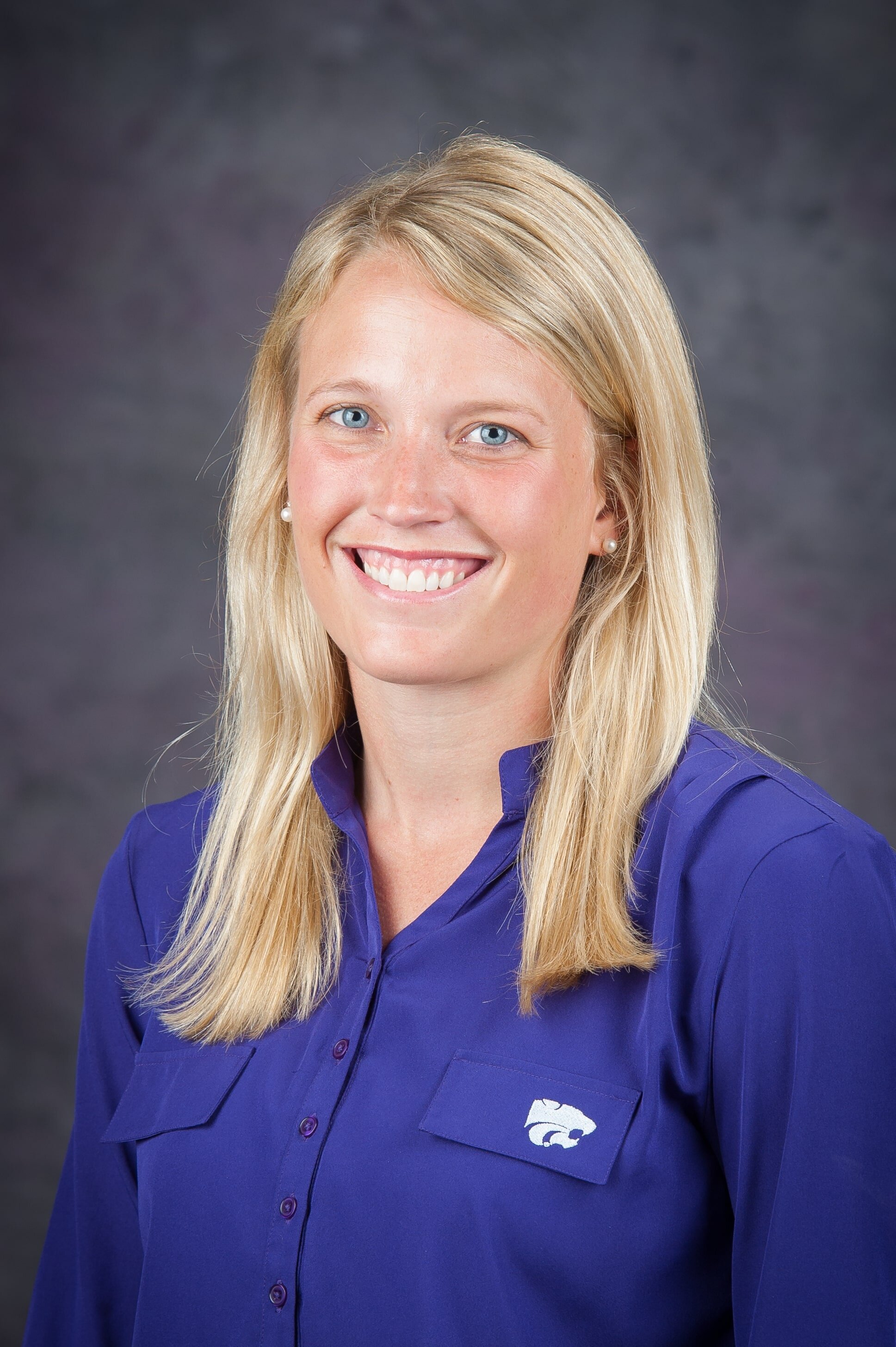Understanding and Managing Streambank Erosion in an Agricultural Watershed through Monitoring and Modeling
Kari A. Bigham, PhD, PE
Department of Biological & Agricultural Engineering
Kansas State University
Manhattan, KS
Sediment budgeting case studies continue to identify streambank erosion as the primary contributor of sediment in impaired streams, especially in agricultural-dominated watersheds. In an attempt to mitigate streambank erosion and protect valuable arable land at a low cost, streambanks of the flow-regulated, sand-bed Smoky Hill River of Central Kansas were stabilized using deciduous tree revetments. This was the first use of this technique in this region. Installed in 2015 and 2016, tree revetment sites were quantitatively monitored for over a period of four years, one year pre-construction and up to three years post-construction. The objective of the monitoring was to assess the tree revetment’s ability to protect against toe erosion and induce deposition in the near-bank region. While tree revetment projects showed promise in the first three years following installation, failure occurred at several sites after four months of high flow events and flooding in 2019. Using the physical measurements and sediment analyses obtained from the monitoring, a one-dimensional (1D) streambank erosion modeling tool was employed to assist in identifying the dominant mechanisms of streambank project failure and inform potential adaptive management strategies. Lessons learned based on both monitoring and modeling efforts are presented.
About Kari A. Bigham, PhD, PE
Kari Bigham is an instructor and PhD candidate in the Biological & Agricultural Engineering department at Kansas State University. Coming from a corn and soybean farm in northeast Kansas, Kari plans to spend her career focusing on ways to manage and restore degraded streams that drain agricultural landscapes. To date, she has received funding from state agencies to monitor streambank stabilization systems using both woody and rock structures. Additionally, Kari is a licensed engineer with experience designing streambank stabilization and stream restoration systems, as well as water quality and quantity BMPs in both agricultural and urban settings. Kari lives adjacent to the mighty Kaw River near the capitol of Kansas with her husband, Dan, and one-year-old son, Lane.

